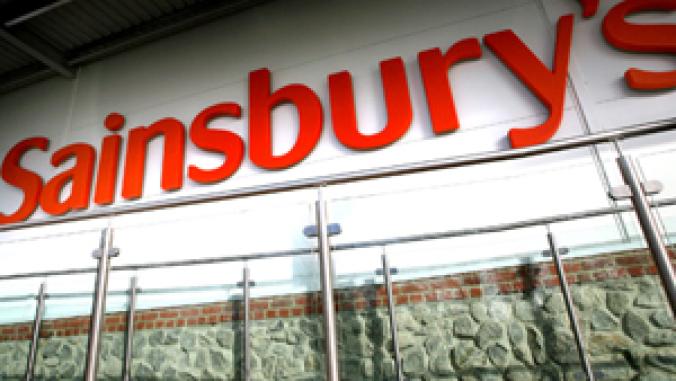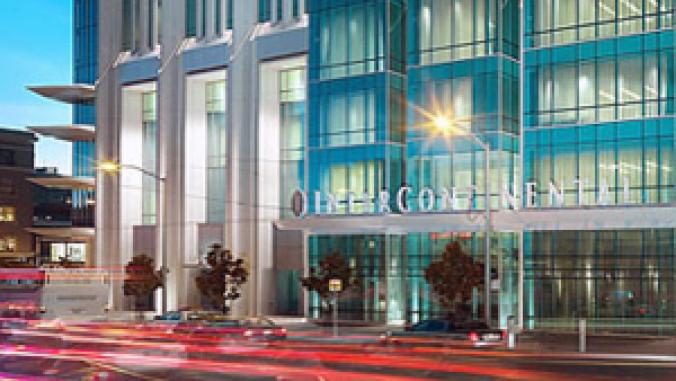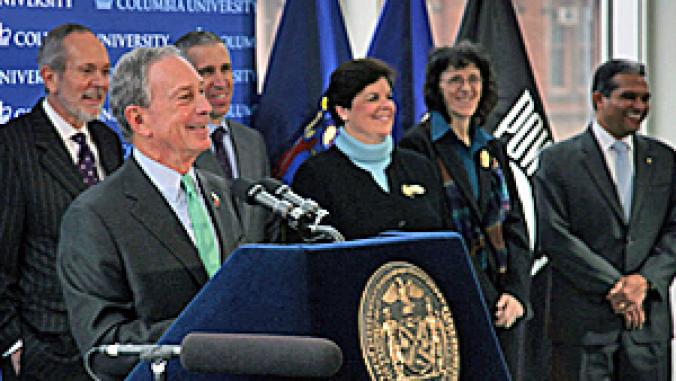San Francisco Tops U.S. Cities as Best Market for Green Buildings
<p>Los Angeles may have the most green buildings in the U.S., but San Francisco has the best market conditions across a range of considerations, according to new research.</p>

Los Angeles may have the most green buildings in the U.S., but San Francisco has the best market conditions across a range of considerations, according to new research.
The "Green Building Opportunity Index" (pdf) by NEEA's BetterBricks and Cushman & Wakefield is the first to provide weighted comparisons of top U.S. office markets on the basis of real estate fundamentals and green development considerations.
Their researchers looked at retrofitting, leasing and sales of investment grade green office buildings in the 25 largest U.S. central business districts, then used the data to compile an index that compares a market's relative position to its peers in six categories:
- Office Market Conditions
- Investment Outlook
- Green Adoption & Implementation
- Local Mandates & Incentives
- State Energy Initiatives
- Green Culture
The standings are presented in an easy-to-read, color-coded format to enable readers to gauge the climate for green building in major U.S. metro centers.

The sponsoring groups say the index can be used by investment and pension fund managers, developers, city policy makers, utility staff, planners, building owners, architects and green building consultants.
{related_content}The Green Building Opportunity Index was released within days of the U.S. Environmental Agency's second annual ranking of the top 25 cities with energy efficient buildings. The rankings are based on the number of Energy Star buildings in a city, the total square footage of Energy Star-rated commercial property, their energy savings and the amount of greenhouse gas emissions that are avoided as a result of following Energy Star practices.
The Green Building Opportunity Index ranks each market on many factors, in addition to taking into account the number of Energy Star-labeled and LEED-certified buildings in town.
“These results highlight the importance of both public and private entities considering market economic opportunities hand-in-hand with the incentives, policies and cultural considerations that are critical for green building,” Theddi Wright Chappell, managing director and national practice leader of Cushman & Wakefield’s national green building and sustainability practice, said in a prepared statement. “If it’s not financially sustainable, it’s not sustainable."
Jack Davis, market manager for office real estate for NEEA’s BetterBricks initiative, said the study is the first that "meshes real estate market data with green building policy, incentive and cultural data."
Green does not occur in a vacuum," Davis said in the announcement about the index."This research highlights many of the market features and conditions that can accelerate or impede green building adoption."
Image CC licensed by Flickr user www.bluewaikiki.com.




